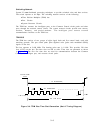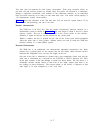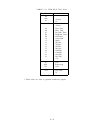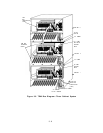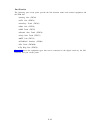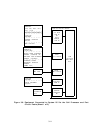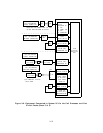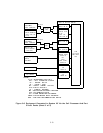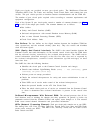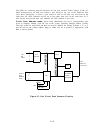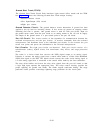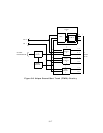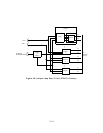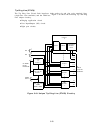Eight port circuits are provided on most port circuit packs.
The Multibutton Electronic
Telephone (MET) Line, Tie Trunk, and Auxiliary Trunk Circuit Packs each contain four port
circuits.
The port circuits provide an interface between terminals/trunks and the TDM bus.
The number of port circuit packs required varies according to customer requirements and
equipment configuration.
Each of the System 25 port circuit packs contain a number of common elements (see Figure
3-7) as well as the unique port circuits.
The common elements are as follows:
● Bus buffers
● Sanity And Control Interface (SAKI)
● On-board microprocessor with external Random Access Memory (RAM)
● One or more Network Processing Elements (NPEs)
● Circuit Pack Address Leads.
Bus Buffers: The bus buffers are the digital interface between the backplane TDM bus
wires (system bus) and the on-board circuitry (data bus).
They also receive and distribute
clock and frame signals.
SAKI (Sanity And Control Interface): The SAKI is the control interface between the
Common Control that sends information via the network control circuit down the TDM buses
and the on-board circuitry controlled by the on-board microprocessor. The SAKI receives
control information (down-link messages) on the first five time slots and, as requested by
the on-board microprocessor,
transmits control information (up-link messages) on these
same time slots.
The SAKI also does the following functions:
● Identifies the circuit pack to the Common Control (location and vintage)
● Controls status indicator Light-Emitting Diodes (LEDs) - red (failure), green
(translated), and yellow (circuit busy)
● Initiates power-on startup procedures
● Checks the on-board microprocessor for sanity and causes reinitialization in case of
problems
● Takes NPEs out of service under control of the on-board microprocessor
● Resets the protocol handler on the ATL Line Circuit Pack
●
Takes the whole circuit pack out of service on command from the Common Control
or when it determines that on-board interference is present in the control time
slots.
On-Board Microprocessor With External RAM: The on-board processor does all low
level functions such as scanning for changes and relay operations. In general, it carries out
commands received from the Common Control and reports status changes to it. The external
RAM stores control channel information and port-related information.
NPEs (Network Processing Element): Each port circuit pack contains one or two NPEs.
The Analog Line, ATL Line, Tip Ring, Data Line, Ground Start, Loop Start, and DID Trunk
circuit packs contain two NPEs.
The MET Line, Auxiliary Trunk, and Tie Trunk Circuit
Packs contain one NPE.
3-14



